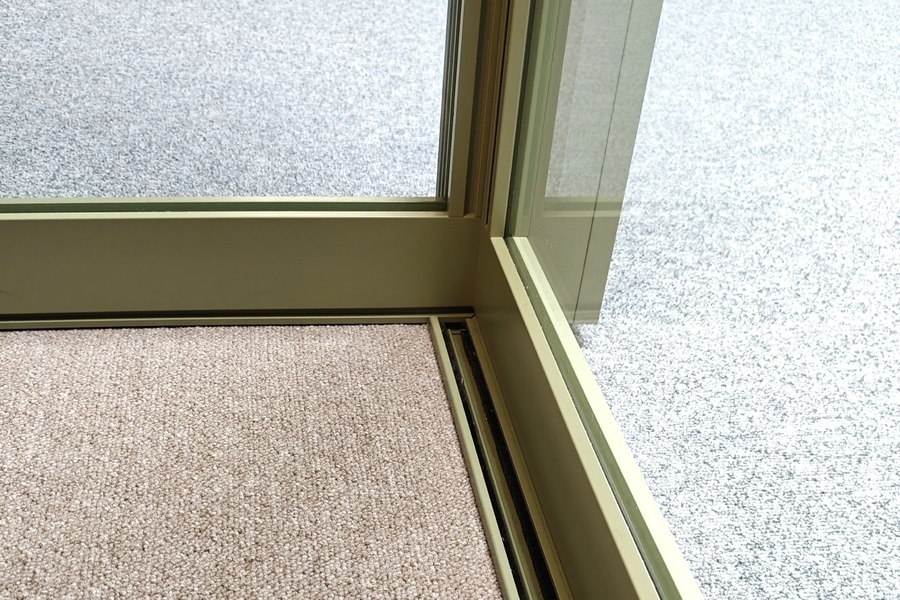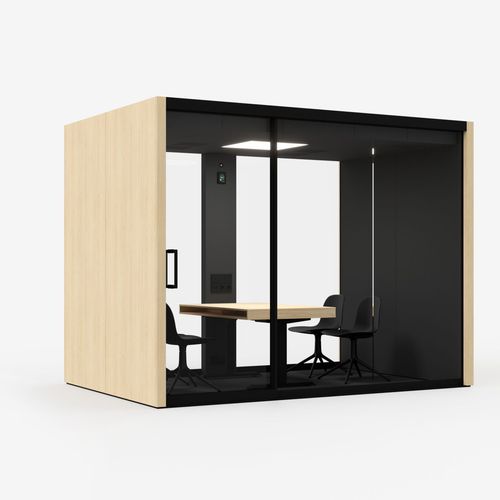
#Industry News
Lower Emissions and Smarter Materials for Office Pods
Vetrospace Transitions to Recycled Aluminum in 2025
In early 2025, Vetrospace began using recycled aluminum in its modular workspace products. The change supports the company’s broader goal of reducing the environmental impact of materials without compromising on functionality, durability, or quality.
According to data from a Finnish supplier, the transition is expected to lower emissions from aluminum components by approximately 60%, or around 82 kg CO₂e per ton, compared to primary aluminum.
Locally Sourced, Lower Impact
The recycled aluminum is sourced from industrial and post-use scrap and re-cast at the supplier’s foundry in Finland. This approach reduces the need for raw materials and limits transportation-related emissions. Based on third-party verified Environmental Product Declarations (EPDs), the emissions from powder-coated recycled aluminum profiles are 2.59 t CO₂e/t, significantly lower than the European average of 6.7 t CO₂e/t for primary aluminum.
Designed for Longevity and Reuse
Vetrospace pods are designed for long-term use and feature a modular structure that allows them to be relocated, reassembled, or upgraded as workplace needs evolve. All production is based in Finland, and the company prioritizes local sourcing where possible to reduce the carbon footprint of logistics and enhance supply chain transparency.
Broader Focus on Sustainable Materials
The move to recycled aluminum reflects Vetrospace’s wider commitment to responsible material choices. The company uses recycled, renewable, and low-emission materials—such as FSC-certified wood, recycled metals, and eco-friendly acoustic panels—while avoiding materials with a high environmental or health impact.
Vetrospace works only with suppliers who comply with its Code of Conduct, covering sustainable sourcing, responsible waste management, and ethical labor practices. Pods are also developed to support indoor air quality, using low-VOC adhesives and finishes, and include energy-efficient features like LED lighting and low-energy ventilation.




